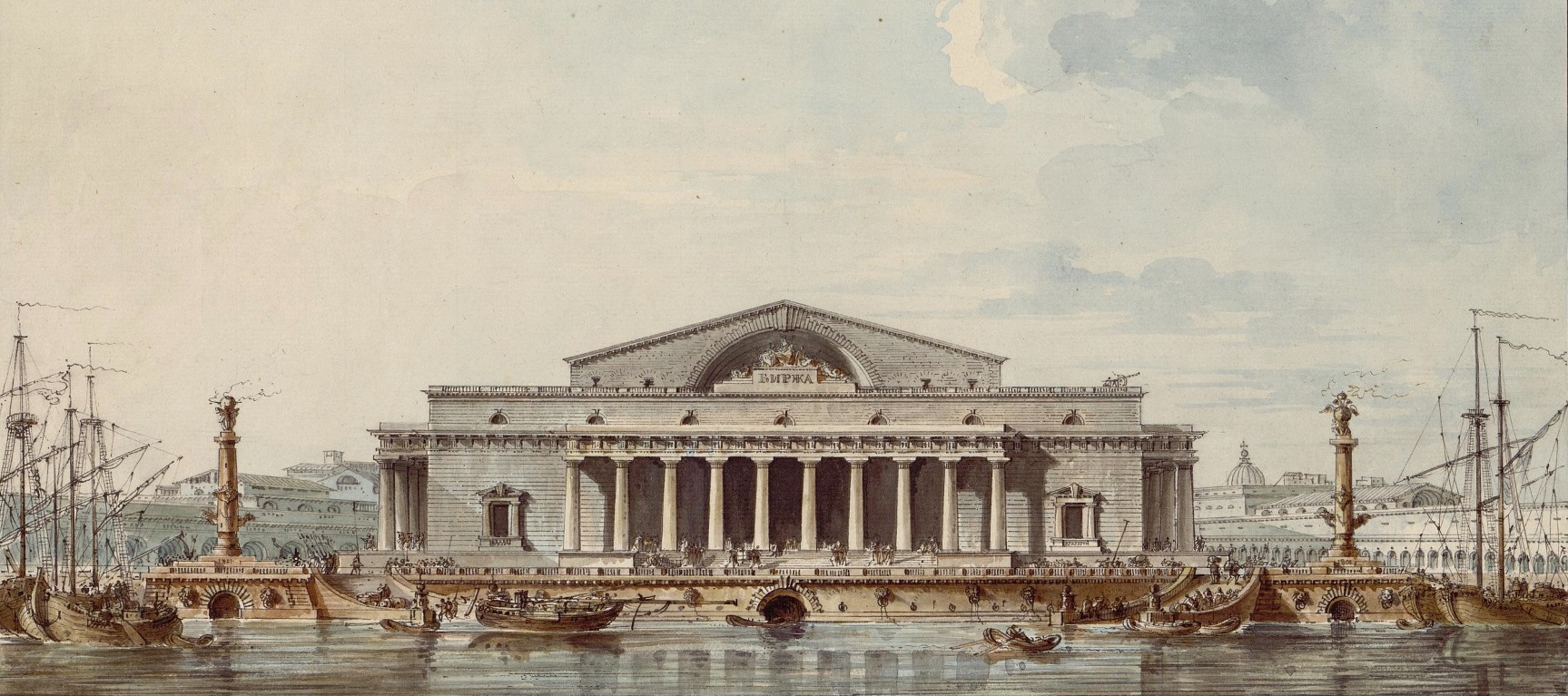
History of Exchanges and Bourses in Russia.
Compared to other exchanges – either in Western Europe, in Paris and London, or in New York across the Atlantic, or in St. Petersburg, the small exchanges had no strict regulations for their listings. Additionally, due to the fact that the Russian merchants were a fragmented group, the exchanges assumed the function of representing their interests. And that was directly indicated in many exchange charters.
Not a single Western European stock exchange performed this function. This was Because the interests of the merchants in France, the Netherlands, or Britain were represented through their chambers of commerce.
But there is a disclaimer. Because that applies to smallish merchants. Chambers of Commerce in their most primitive form date from 1721. That’s the rein of Catherine I. And by 1910 there was a number of Chambers of Commerce, although they were narrow in specialization and oriented toward major merchants and companies in big cities.
Chambers of Commerce

For example, amon them were the Russian Chamber of Industry, the Chamber of Commerce at the Russian Embassy in Paris, Russia Export Chamber of Commerce, Russo-American Chamber of Trade, Russo-British Chamber of Commerce. Finally, the attitude towards exchanges in Russia has always been ambiguous. Among the ordinary people, the opinion often prevailed that a decent person had nothing to do there.
I guess to a degree it still remains the case.
The Dawn of Sheepish Regulations.
In 1893. The Ministry of Finance has imposed a number of restrictions on exchange transactions without brokers. The Ministry of Finance also audited the brokers’ books. In 1895, a Regulation was introduced on the need to obtain permission from the Ministry of Finance for admission of traded goods to quotation on the exchange.

In 1911, according to the Ministry of Trade and Industry, there were already 87 exchanges in Russia, most of which were commodity exchanges, which were dominated by transactions for the sale and purchase of agricultural products and raw materials.
The Demise of Exchanges
On July 16, 1914, the stock exchanges were closed. In January 1917, they reopened, but the February revolutionary events led to their closure later that year. Their spontaneous revival for a short period took place during the Soviet period in July-December 1921 (in the early years of the short-lived New Economic Policy era), but their activity was weak.
In the exchange turnover, at the times of economic disorder, those bourses served as vast wholesale markets or spot mercantile exchanges. Their commodities were food and animal fodder. Textiles, raw materials, metals, and leather products fuel were not significantly represented on the stock exchanges. Financial instruments such as bonds were a marginal area and whatever activities there were they had been concentrated in Moscow.
The Extinction
Speculation was not welcome and it was — and by many still is considered an unproductive parasitical activity. By the late 1920s, the Soviet exchanges were liquidated. The Leningrad Exchange, the direct heir of once’s dominant St. Petersburg Exchange, was shot down in the 1930.
The Revival. Well, Sort Of…
The organizational revival of regional exchanges in the USSR began in 1988-1989, with the emergence and development of consumer cooperation. Currently, the exchange activities are relatively weak. Listing requirements are onerous and there are other factors that make stable companies seek capital abroad or through foreign IPOs listings, which, surprisingly and incredibly, in Russian context primarly means New York and London.

To Sum It All Up
Not only for the sake of history – as in the History of Exchanges and Bourses in Russia, but overall. Exchanges of all sorts and stock exchanges, in particular, are a fascinating area that is worth exploring and, in Russia’s context, it is also an area that has enormous potential.
The end of the text.
For free advertising opportunities on the site contact me here.
Free B2B trade leads and business opportunities platform specializing in export and import as well as commodity deals – check it out, the monstrous Dealing Monster.
Here is the make the software happy part. I am sorry. But I have to write a few nonsensical phrases. And why? Just to make it happy. I am making a robot happy. A soulless creature. And one that is incapable of asking why? Why? Because. Since. As a result of. Well, because I am annoyed by it. It’s all in the head. Or not. If the head is empty. But it says that the text is incomprehensible to the idiot cohort until… Until it’s fixed with a number of meaningless words. Precisely like these words. And. Why. How. Where. Are you all right? Don’t do it. Or do it. It wants short sentences. It can’t read anything longer than two bits. A shrimp is of course more intelligent than the unseen creature. History of Exchanges and Bourses

